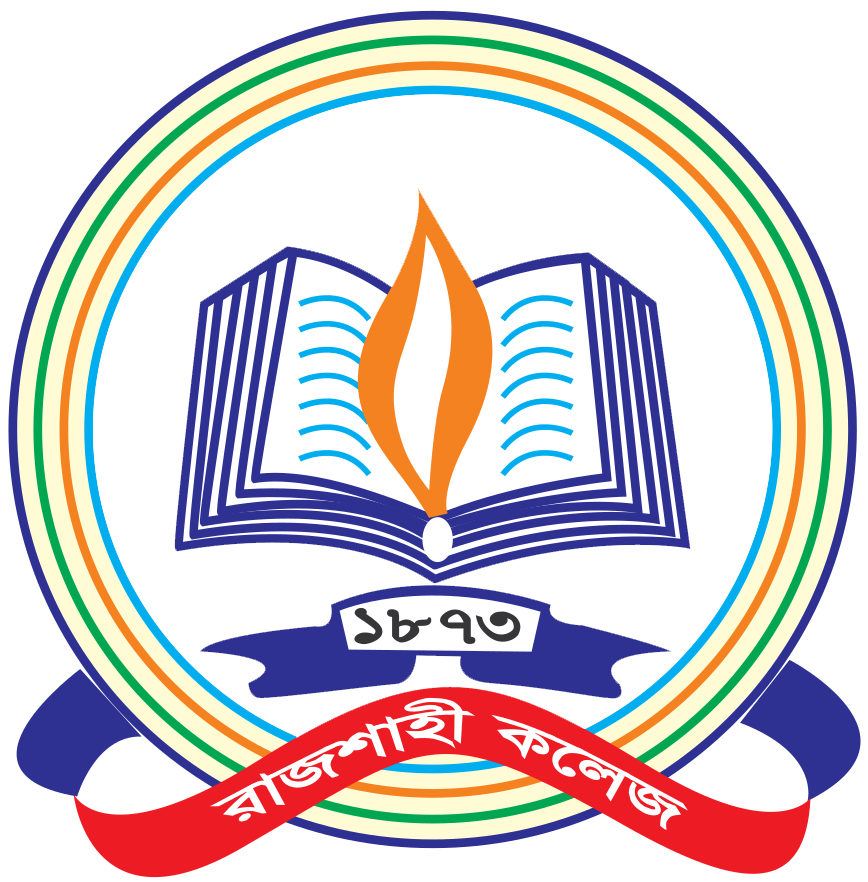Types of Research Works
Other Researches
(Examples of Different Types of Research Works)
4.1Meta Analysis
4.1.1.Pigott, T. D., & Polanin, J. R. (2020). Methodological guidance paper: High-quality meta-analysis in a systematic review. Review of Educational Research, 90(1), 24-46.
http://files.eric.ed.gov/fulltext/EJ1241940.pdf
4.1.2.Talan, T. (2021). The effect of computer-supported collaborative learning on academic achievement: A meta-analysis study. International Journal of Education in Mathematics, Science and Technology, 9(3), 426-448.
http://files.eric.ed.gov/fulltext/EJ1307772.pdf
4.1.3.Talan, T. (2020). The Effect of Mobile Learning on Learning Performance: A Meta-Analysis Study. Educational Sciences: Theory and Practice, 20(1), 79-103.
http://files.eric.ed.gov/fulltext/EJ1241462.pdf
4.1.4.Ates, A. (2021). The relationship between parental involvement in education and academic achievement: A meta-analysis study. Pegem Journal of Education and Instruction, 11(3), 50-66.
http://files.eric.ed.gov/fulltext/EJ1305014.pdf
4.2Action Research
4.2.1.Baskerville, R., & Wood-Harper, A. T. (1998). Diversity in information systems action research methods. European Journal of information systems, 7(2), 90-107.
http://www.cis.gsu.edu/rbaskerville/library/offprints/DiverseAR.pdf
4.2.2.Basham, M. J., & Yankowy, B. (2015). Adding to Your Teaching Repertoire: Integrating Action Research into the Lesson Plans. Journal of Instructional Research, 4, 31-37.
https://files.eric.ed.gov/fulltext/EJ1127611.pdf
4.2.3.Bayburtlu, Y. S. (2020). Improving The Skills of Writing A Thought Paragraph In 7th Grade Students: An Action Research Study. European Journal of Education Studies.
https://oapub.org/edu/index.php/ejes/article/viewFile/3070/5707
4.2.4.Moseki, M. M., & Schulze, S. (2019). Fostering self-regulated learning of Grade 10 learners by means of participatory action research. South African Journal of Education, 39.
https://www.ajol.info/index.php/saje/article/download/190870/180045
4.2.5.Koç, S. (2019). Using the Number Line and Educreations in a Second Grade Classroom: A Collaborative Action Research Project. Turkish Online Journal of Educational Technology-TOJET, 18(4), 70-77.
https://files.eric.ed.gov/fulltext/EJ1232275.pdf
4.3Reviewed Article
4.3.1.Paideya, V., & Bengesai, A. (2017). Academic support at the University of KwaZulu-Natal: A systematic review of peer-reviewed journal articles, 2010–2015. Journal of Student Affairs in Africa, 5(2), 55-74.
http://files.eric.ed.gov/fulltext/EJ1164777.pdf
4.3.2.Safapour, E., Kermanshachi, S., & Taneja, P. (2019). A review of nontraditional teaching methods: Flipped classroom, gamification, case study, self-learning, and social media. Education Sciences, 9(4), 273.
http://files.eric.ed.gov/fulltext/EJ1238200.pdf
4.3.3.Winarno, N., Rusdiana, D., SUSİLOWATİ, E., & AFİFAH, R. M. A. (2020). Implementation of integrated science curriculum: a critical review of the literature. Journal for the Education of Gifted Young Scientists, 8(2), 795-817.
http://files.eric.ed.gov/fulltext/ED606270.pdf
4.3.4.Zhang-Wu, Q. (2018). Chinese international students’ experiences in American higher education institutes: A critical review of the literature. Journal of International Students, 8(2), 1173-1197.
http://files.eric.ed.gov/fulltext/EJ1180873.pdf
